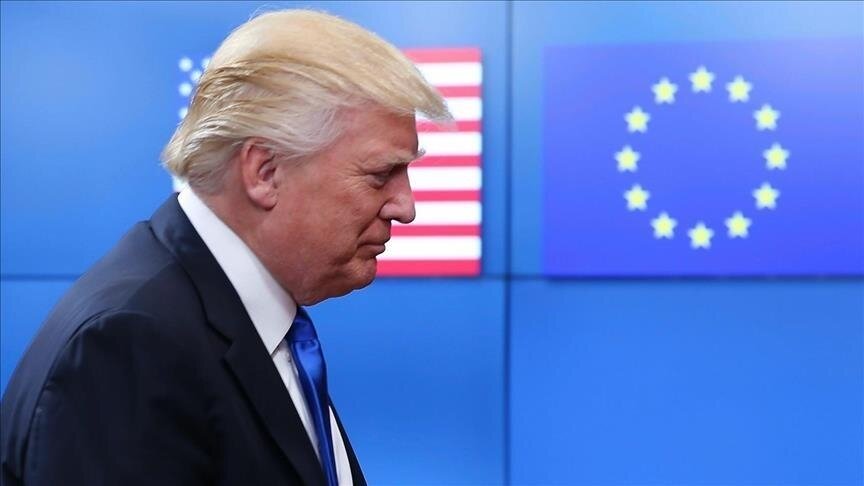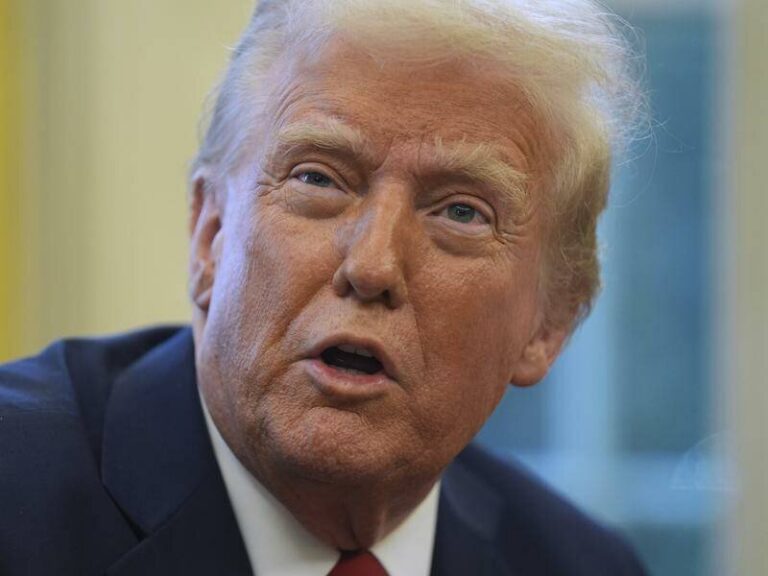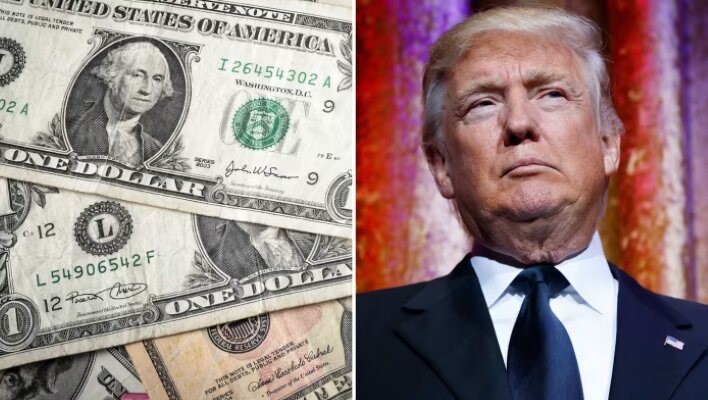Trump Unleashes 50% Tariff Threat on EU: What It Means for Trade Relations
In a significant development in international trade relations, President Donald Trump has issued a stark warning regarding a potential 50% tariff on goods imported from the European Union. This drastic measure comes as a response to what he perceives as a stalled negotiation process between the U.S. and the EU.
In a post on Truth Social, Trump expressed his concerns about the current trade situation, stating, “Their powerful Trade Barriers, Vat Taxes, ridiculous Corporate Penalties, Non-Monetary Trade Barriers, Monetary Manipulations, unfair and unjustified lawsuits against American Companies, and more, have led to a Trade Deficit with the U.S. of more than $250,000,000 a year, a number which is totally unacceptable.” This statement underscores his frustration with the ongoing trade discussions and the impact of these barriers on the U.S. economy.
Trump emphasized that the negotiations with the European Union seem to be at an impasse, writing, “Our discussions with them are going nowhere!” This sentiment reflects a growing impatience within the Trump administration regarding trade policies that they believe are detrimental to American interests.
As part of his proposed tariff strategy, Trump stated, “Therefore, I am recommending a straight 50% Tariff on the European Union, starting on June 1, 2025.” This announcement has raised eyebrows among economists and trade analysts, as such a substantial tariff could have wide-ranging implications for both the U.S. and European economies.
Here are some key points regarding the proposed 50% tariff on EU goods:
- Impact on American Consumers: A 50% tariff could lead to higher prices for consumers on a variety of imported goods, affecting everything from electronics to clothing.
- Trade Relations: This move could strain U.S.-EU relations further, potentially leading to retaliatory tariffs that might hurt American exporters.
- Economic Consequences: Economists warn that such tariffs might disrupt global supply chains and could have negative repercussions on economic growth in both regions.
- Political Reactions: The announcement has garnered mixed reactions from lawmakers and trade experts, some supporting the tough stance while others caution against escalating trade tensions.
The backdrop of this trade dispute includes long-standing concerns about the balance of trade between the U.S. and the European Union. The U.S. has consistently run a trade deficit with the EU, which has been a focal point of Trump’s trade policy since his presidency began.
Trade barriers, VAT taxes, and various corporate penalties have been cited as primary issues that complicate the trade landscape. Trump’s administration has argued that these factors contribute to an uneven playing field, making it difficult for American companies to compete effectively.
The proposed tariff is not without precedent. Previous administrations have used tariffs as a tool to negotiate better trade terms and protect domestic industries. However, the scale of the proposed 50% tariff is unprecedented and raises questions about its feasibility and potential fallout.
In the wake of this announcement, various industry groups and economic analysts are closely monitoring the situation. Many are concerned about the potential for a trade war that could arise from retaliatory measures taken by the European Union. The EU has historically responded to U.S. tariffs with their own set of penalties on American goods, which could escalate quickly.
As the June 1 deadline approaches, businesses on both sides of the Atlantic are preparing for the possible implications of these tariffs. Companies that rely heavily on imports from the EU may need to adjust their pricing strategies, while exporters may face challenges in accessing European markets.
Moreover, the timing of this tariff proposal coincides with ongoing discussions in various sectors about the need for modernization in trade agreements. Stakeholders from agriculture to technology are advocating for fairer practices that can benefit industries on both sides of the ocean.
In conclusion, President Trump’s threat of a 50% tariff on European Union goods marks a pivotal moment in U.S.-EU trade relations. With the potential for significant economic repercussions, both sides must navigate this complex situation with caution. The upcoming weeks will determine the course of these negotiations and the impacts on consumers and businesses alike as they brace for potential changes in the trade landscape.






